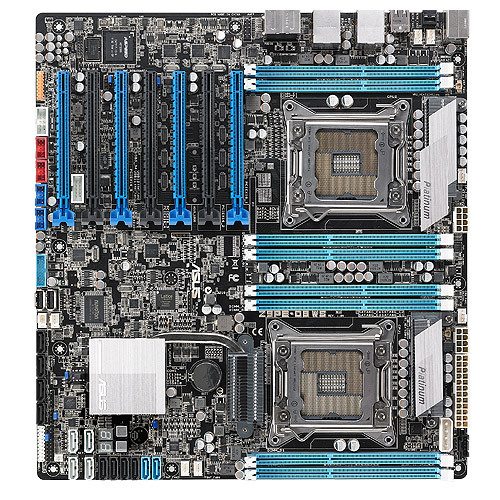Intel to keep socket LGA 2011 until 2015-2016
Intel tend to shift between socket types quite quickly and consistently, from LGA 1156 to LGA 1155 to LGA 1150 (Haswell, due next Year). Yet reports state LGA 2011 will stick around for the Highest end Intel platforms even if the lower performance sockets keep shifting.
LGA 2011 is expected to be maintained through Ivy Bridge-EX, Haswell-EX, and Broadwell-EX. The EX hasn’t been seen for a while, Sandy Bridge-EX never hit the market since Intel felt there was no point of making another 32nm range of EX based processors (they already have Westmere EX), so the next EX arrives with Ivy Bridge’s 22nm process.
The socket will remain the same, but obviously the architecture will not. Following Intel’s tick-tock development model architecture will be redesigned for Haswell 22nm and then shrunk for Broadwell 14nm.
The idea for Intel is by retaining the same socket they can encourage more continuity in their products, much like AMD does. However, all LGA 2011 sockets will not be identical, Intel will change the pinouts due to the differing nature of the QPI link requirements and changes in the memory controller as Haswell starts the ball rolling with the DDR3 to DDR4 shift.
Although, speculation also suggests that we could see DDR4 support introduced earlier than Haswell, as early as Ivy Bridge-EX – which is less than a year from now. This would require Intel to update the memory controller from 1600MHz to 2666MHz support and it would then be possible for DDR4-2666MHz modules to be tested and verified on the Ivy Bridge-EX platform.
The key point here is, Intel believes the LGA 2011 socket is sufficiently versatile to support the highest end Intel Super Computer grade processors without cooling or format issues. For end users this makes pleasing news, as thermal cooling solutions can be used continuously from Sandy Bridge-EP all the way through to Broadwell-EX and possibly beyond. This should lower costs on servers, cooling and motherboard implementations for businesses.
Source
Results 1 to 3 of 3
-
07-17-2012, 11:58 AM #1
 Intel to keep socket LGA 2011 until 2015-2016
Intel to keep socket LGA 2011 until 2015-2016
-
07-17-2012, 12:36 PM #2
 Re: Intel to keep socket LGA 2011 until 2015-2016
Re: Intel to keep socket LGA 2011 until 2015-2016
bring on the haswells please...(dugaya pa next yr ui hehehe)
-
07-17-2012, 04:41 PM #3
 Re: Intel to keep socket LGA 2011 until 2015-2016
Re: Intel to keep socket LGA 2011 until 2015-2016
what board is that?
dual 2011...
Advertisement
Similar Threads |
|







 Reply With Quote
Reply With Quote
